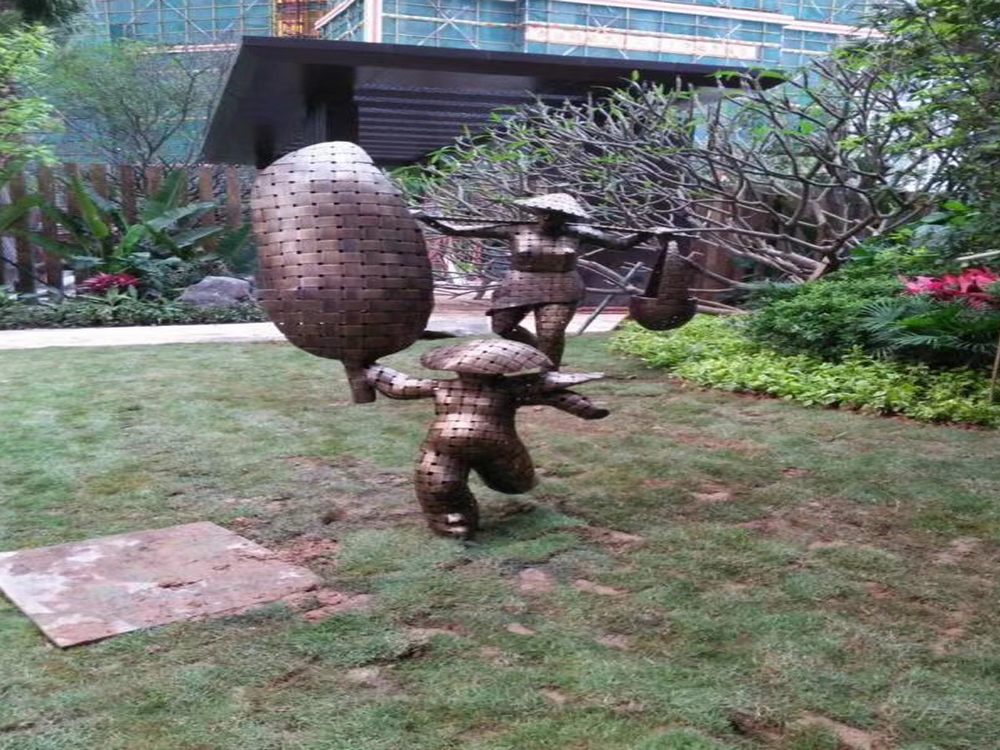
Bronze sculptures and performance art represent two vastly different approaches to artistic expression, particularly in terms of permanence. Bronze sculptures, cast from durable metal, are designed to withstand centuries, preserving the artist's vision for generations. Their physicality ensures longevity, often becoming cultural artifacts that endure beyond their creators' lifetimes.
In contrast, performance art is inherently ephemeral. Rooted in live, often improvised acts, it exists only in the moment—captured imperfectly through documentation or memory. While recordings or photographs may extend its lifespan, the essence of performance art lies in its fleeting nature, challenging traditional notions of preservation.
The contrast raises philosophical questions: Does permanence enhance artistic value? Bronze sculptures offer tangible legacy, while performance art prioritizes immediacy and emotional resonance. Museums safeguard sculptures, whereas performance art thrives on impermanence, demanding audience presence to complete its meaning.
Ultimately, both forms enrich art history—one through endurance, the other through evanescence—each offering unique insights into human creativity across time.

